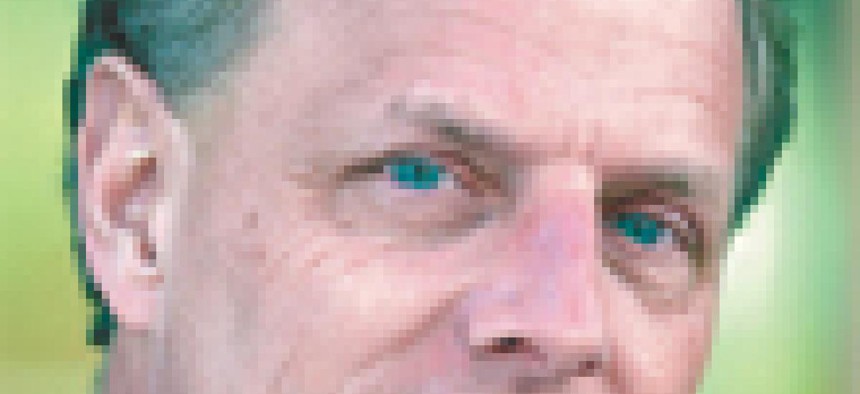Eye on the States: From bad to ... better? Where the budget deficits went

Welcome to the newest roller-coaster ride: It's called state budgets. These days, they seem to swing wildly from forecasted deficits one day to surprising surpluses the next.
Welcome to the newest roller-coaster ride: It's called state budgets. These days, they seem to swing wildly from forecasted deficits one day to surprising surpluses the next.The important issue is what it means for you and the fortunes of your company. For starters, the term deficit sure grabs headlines and makes for good sound bites, but it's not necessarily that scary. Except for Vermont, all states are required to balance their budgets. This simply means that expenditures cannot exceed revenues.But budget balancing is a political exercise as well as a legal and accounting one. There are as many ways to creatively ensure a budget is technically not in a deficit as there are loopholes in the U.S. tax code.You're probably wondering just how the states figure out in advance of a new fiscal year whether the projected revenues and expenditures will be in balance. Most states can declare a budget is balanced anytime their projections of future expenditures and revenues are in sync, and the political powers agree to the numbers. This sounds simple, but it's the Achilles heel in state budgeting practices.Projecting revenues and expenditures is more an art than a science. In states where partisan politics rears its ugly head -- think California -- some would say it's a black art. That's because the projections are driven more by partisan political motives than by rigorous, independent, economic analysis.As you might imagine, because state budgets are often revised depending upon what the projections show, the infighting over what the official projection is going to be can be quite intense.Why can't everyone just agree on the projections of future revenues and get back to work meeting the critical needs of the state? Because hidden in those projections are the makings of political advantages. Want to embarrass the opposing party in power? Insist on an unduly pessimistic revenue forecast that you know cannot cover all rising costs. You'll create the political equivalent of an extreme sport: Either taxes will need to be raised significantly, or important state programs will need to be cut. Not the ideal choice for any governor, but especially a new governor who may be your political rival.Even without political fun and games, projecting the future is hard. Usually, those responsible for revenue and expenditure projections come close when the future is much like the past, what is often referred to as a "more-of-the-same" outlook. So in periods of sustained economic growth, the projections are usually on target, and it's rare that they need to be revised significantly throughout the year.But in times like these, where even well- run corporations are saying they don't have visibility beyond six months or so, it's hard to get it right. Add to this that economic forecasters are at their worst when they have to predict the timing of a turn -- either up or down -- in the business cycle, and you can see why there is so much fear, uncertainty and doubt in state capitols.So as you ponder how a state such as California can have a $30 billion projected deficit one day and be in balance the next, remember that not all missed forecasts are bad for business. When actual revenue collections exceed projections, this can lead to a surplus surprise. The surplus, which was not budgeted for, is now available to be spent for such needs as -- you guessed it -- more IT equipment and software. Thomas Davies is senior vice president at Current Analysis Inc., Sterling, Va. His e-mail address is tdavies@currentanalysis.com.


Thomas Davies
NEXT STORY: Wireless integrated network

